Home renovations saw a major boom, thanks to the Covid-19 pandemic. Studies indicate that home remodelling efforts more than doubled in 2021. There’s a lot to learn about, including terms and phrases that you may have never encountered before. One favourite project to think about taking on for the coming summer is your replacing your garden patio. This can include bullnose tile features. So, if you’re interested in learning how to tile to revamp certain parts of your home and garden, you’re in the right place.
If you’ve never heard of it before, it can seem like a pretty odd name for a product or tile edge finish. Read on to learn more about what it is, how to use it, and more.

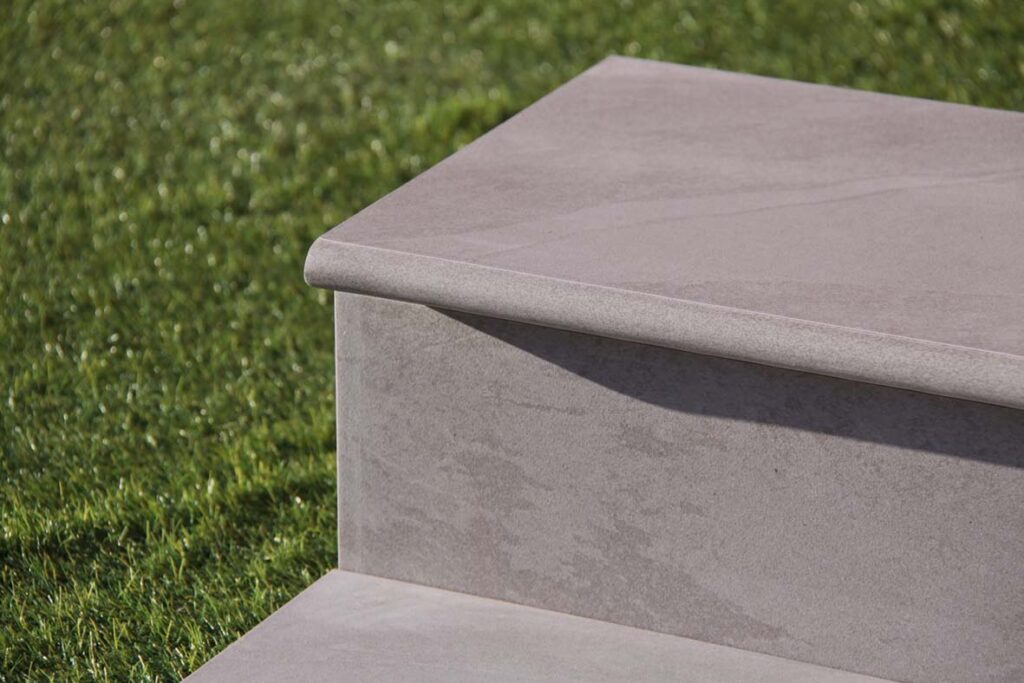
WHAT IS IT?
In order to know how to use bullnose tile, as well as whether or not it’s the product you’ll need, you’ll have to know what it is. Bullnose tile refers to the tile edge finish rather than the material itself.
These tiles are a trimmed, used to give a finished edge to tile projects. The tile can come in a few different shapes, but the main characteristic is the rounded edge. That rounded edge is the reason for the name, in fact.
The person who coined the term decided that the edge of the tile resembled the rounded nose of a bull, and the name was born.
The three basic types of bullnose tiles are square, rectangular, and corner tiles. Each has the key feature of a rounded edge, but each one has specific applications when it comes to tile projects.
RECTANGULAR BULLNOSE TILE
Rectangular bullnose tile can come in a few different sizes, but the most common dimensions are 3×13 inches. The long, slender shape and tapered, rounded edge make it useful for a number of different projects.
The size and usual shape of the tile make it versatile, and it’s the most common type of bullnose tile. It provides a clean edge on a variety of different surfaces, and it comes in several materials and finishes.
SQUARE BULLNOSE TILE
Square bullnose tiles are another common variety, typically measuring either 4×4 or 6×6 inches. The uses of square bullnose tile are a little different from how rectangular tile work best, but this is a versatile product for different tiling projects as well, especially if you’re using square tiles in your design anyway.
CORNER BULLNOSE TILE
Corner bullnose tile is a little more specialized compared to rectangular and square types. This type has two rounded edges instead of just one, and the curve of the tile makes it the ideal choice for finishing three-dimensional projects as well as tight corners. It’s designed to work perfectly in the corners of a frame, but the uses extend beyond what you might expect.

HOW CAN I USE THIS TILE?
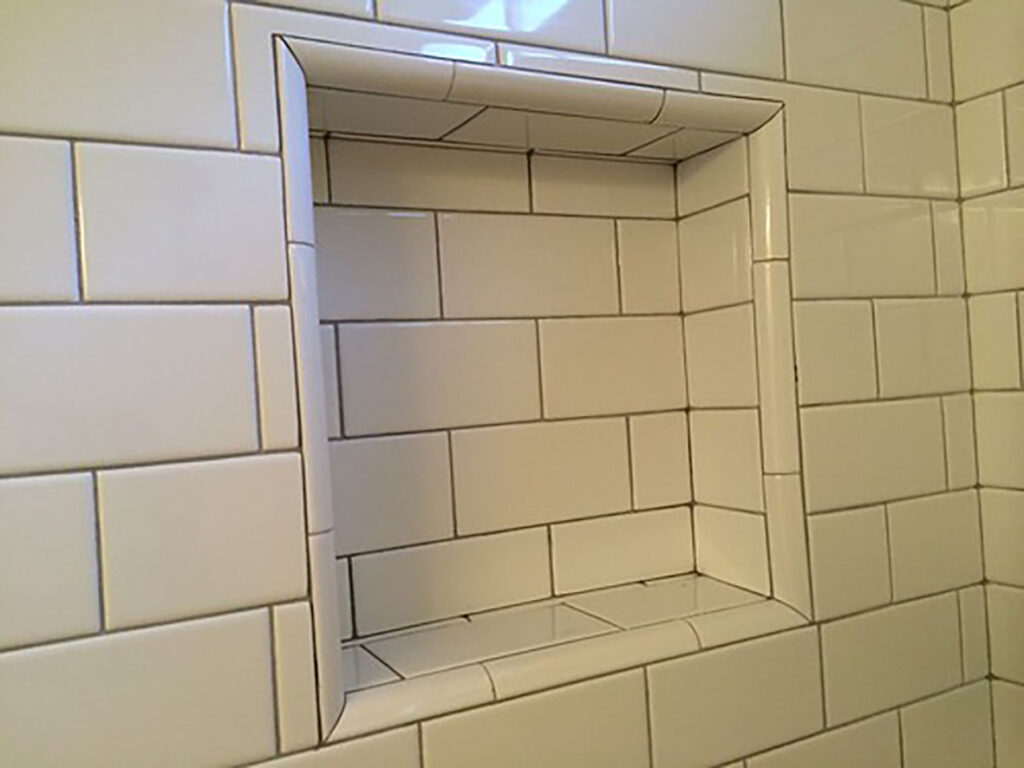
There are a lot of different possibilities for bullnose trim tile and a lot of projects where the different types of tile can create a flawless finish. The most common applications are corners, walls, and floors.
BULLNOSE TILE FOR CORNERS
Corner bullnose tile is an obvious choice for applications like countertops, providing a smooth edge for corners and edges. But don’t stop there. Corner bullnose tiles are also great for bathtub surrounds, backsplashes, steps, and more.
Rectangular bullnose tile is also a good option for corners and edges, like countertops and stair steps.
BULLNOSE TILE FOR WALLS
Whether you’re putting in a colourful backsplash, tiling your bathroom, or changing out the tile walls in another room, a bullnose trim can help create a finished, polished look to the design.
Rectangular tiles are good for edges, creating a clean and smooth line. This trait works especially well for backsplashes and mosaics because it helps to create a softer transition between the tile and the underlying wall.
Square bullnose tiles shine in checkerboard patterns and other designs that use square tiles. It’s especially good for the corners of a design, and for adjoining areas: where a wall meets the floor or ceiling, or to smooth a transition between a tiled area and the underlying wall.
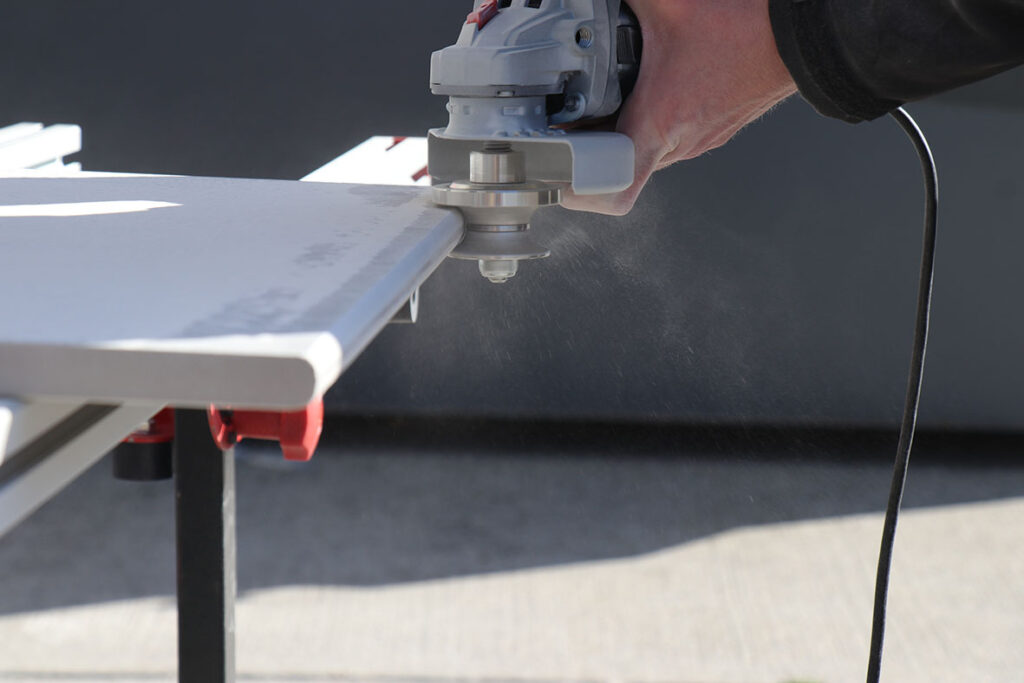
Bullnose tiles also give you the opportunity to add some colour and interest to your wall design, creating a trim in a contrasting or complementary colour that works with the overall design as a border.
BULLNOSE TILE FOR FLOORS
Just like bullnose tile, trim works well to ease the transition between wall and floor, it also helps to create a clean edge where tiled floors meet the wall. The clean edge and firm fit can also provide insurance against leaks that can occur where floor and wall meet, in areas like the kitchen and bathroom.
Bullnose tile can also take the place of a baseboard, especially rectangular tiles, which will not just provide a clean finish but also a more waterproof surface compared to traditional wood.
THE ADVANTAGES
There are some key advantages to bullnose tile, some of which are more obvious than others. The rounded edge that bullnose tiles include makes for a safer option compared to standard tiles when it comes to edges and corners, like countertops. While it would still definitely hurt to bang your head against a corner tiled in bullnose tiles, the lack of a sharp edge reduces injury.
Another advantage of this type of tile is versatility. Because this style refers to a set of shapes rather than a specific material, you’re likely to find the right bullnose tile to go with any other tile you’re using.
The fact that bullnose tiles come in standard sizes also makes them easy to incorporate into your design, depending on the size and shape of your project. You don’t have to deal with complicated math to fit them into your design.
THE DISADVANTAGES
Although there are many advantages to bullnose trim tile, there are also some disadvantages to consider before making your decision to buy.
One key disadvantage comes into play when it comes to materials. Although this style comes in a variety of materials and finishes, it’s not universal. If your project uses natural stone tiles, for example, it may be a better choice to use a natural stone edging product.
Another potential disadvantage is the fact that bullnose tiles come in standardized sizes. If your tile project is an even size, then the shape and size of bullnose tiles are fine. But if the floor you want to tile is just a little bit uneven in dimensions, you may have to cut or trim your bullnose tiles to fit.
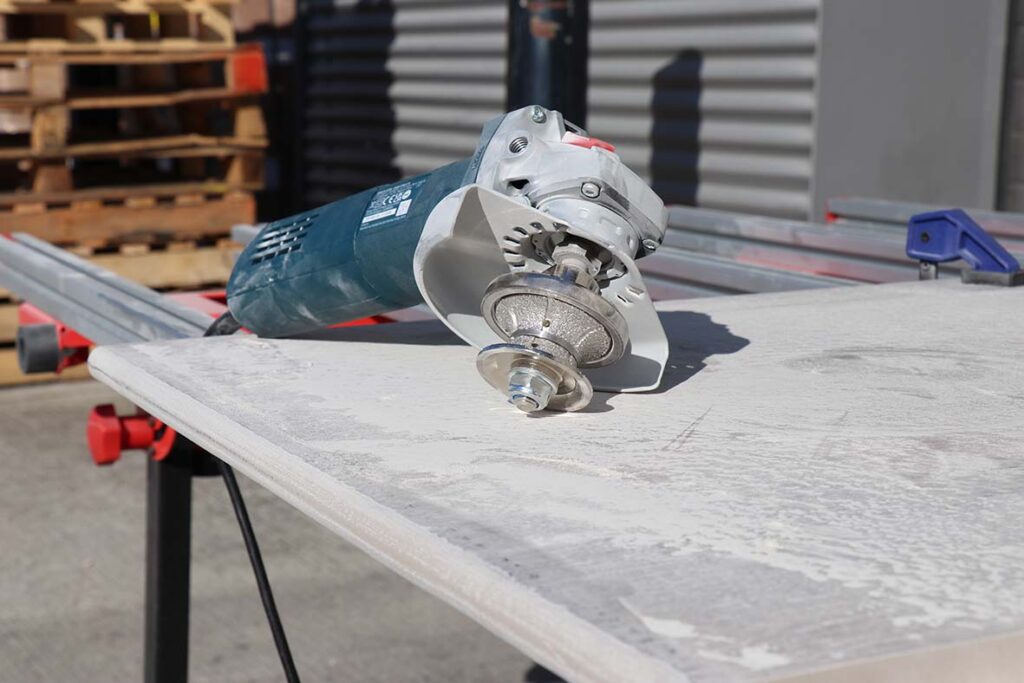
A final possible disadvantage is that some people think that this design is outdated. Of course, there are other products out there that serve similar purposes.
Depending on the project you have in mind, this tile finish may not be the best option. Natural stone floors or walls, or metal surfaces, may work better with edging and trim in those materials.
HOW TO CHOOSE THE RIGHT TILE FOR YOUR HOME PROJECT
There are a few key factors to ensuring you get the right bullnose tile for your project. The most obvious component is knowing just what you have in mind. A corner trim works very well for applications like countertops and bathroom surrounds, but it’s not as good for some other applications, such as a decorative trim on a backsplash.
Another factor in choosing the right bullnose tile product is knowing your measurements. Measure twice, cut once isn’t just good advice for wood cutting. Measure your space, measure your tiles, and sketch out your design a few different times to make sure you know just what dimensions you’ll need for your bullnose tile.
Finally, make sure that you have the right material. The easiest way to do this is to purchase your bullnose tile from the same supplier or home improvement company as the rest of your tiling materials.
If you’re buying from different places, check what your tiles are made of, and get as much detail as possible. The goal is a seamless finish, and that’s only possible if you have matching materials and coordinating or matching colours.
IT CAN BRING BEAUTY AND DURABILITY TO YOUR HOME
Bullnose tile provides a lot of benefits, and incorporating the tile type into your design can give you a nice, clean edge and better safety. To get the best results from your tile trim, make sure that you measure your space accurately, purchase the right type of bullnose trim tile, and get the right material.
Learn more about our products to get the most out of your home improvement projects.
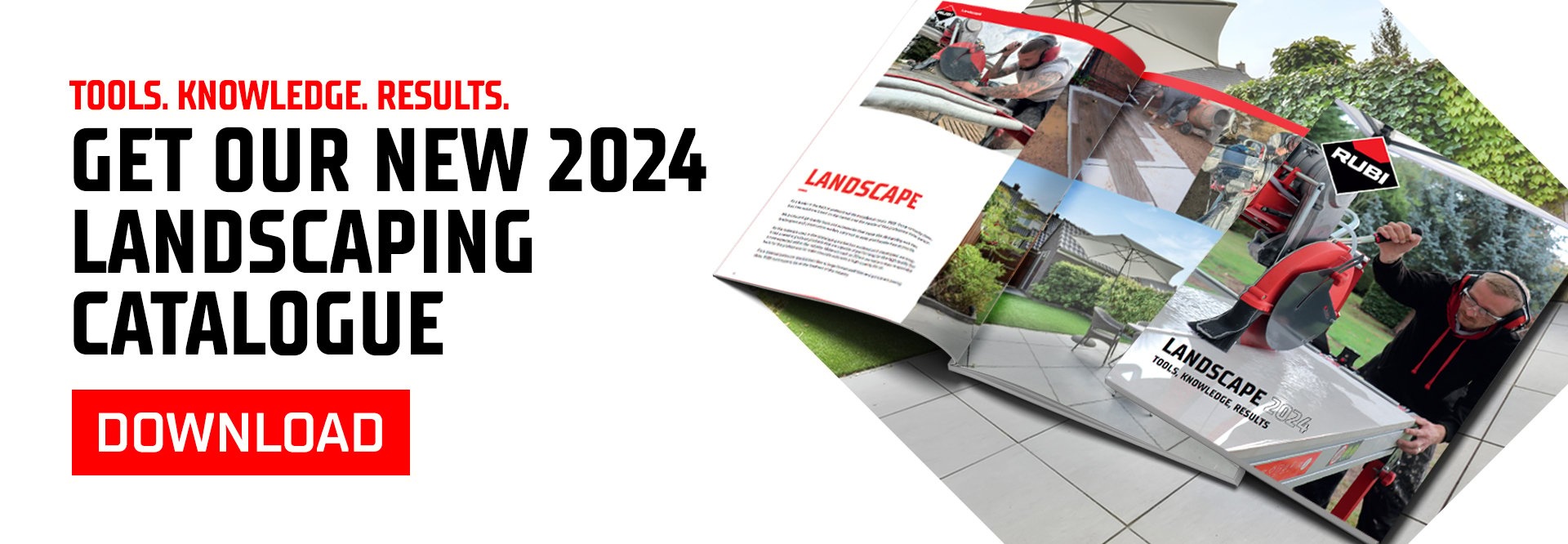

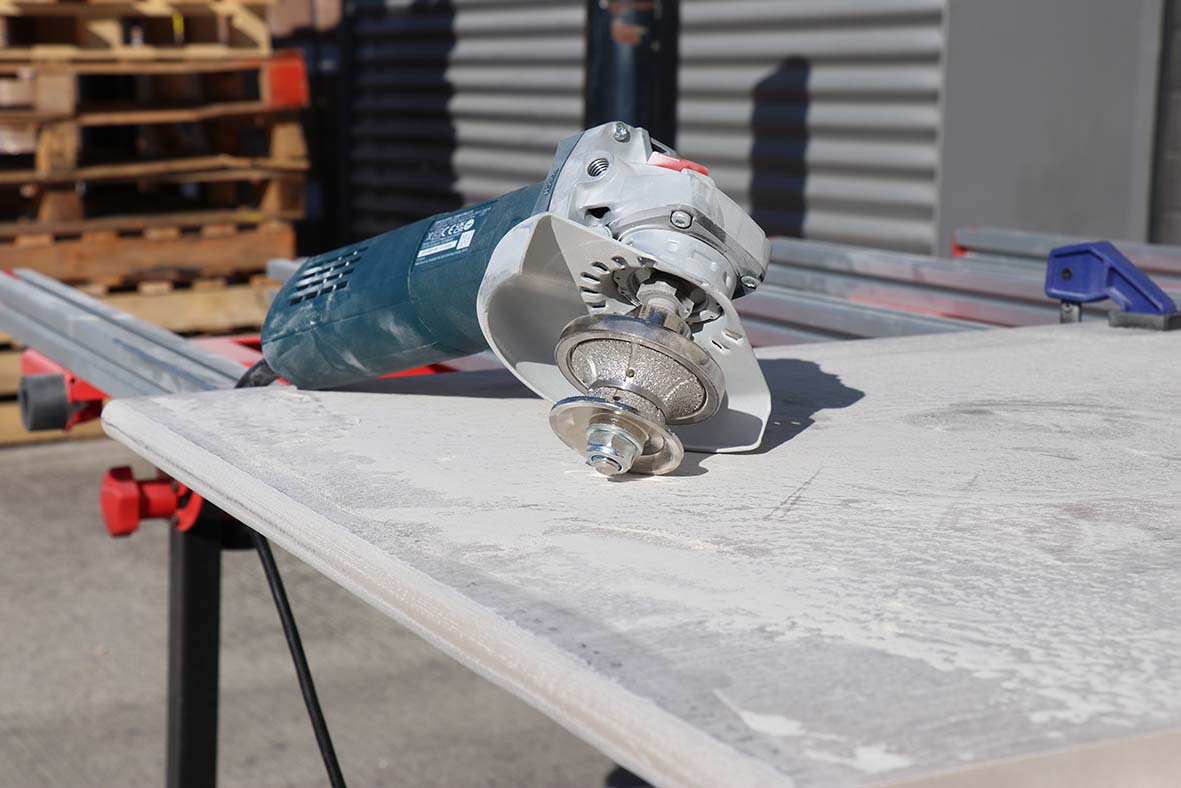
Post a comment